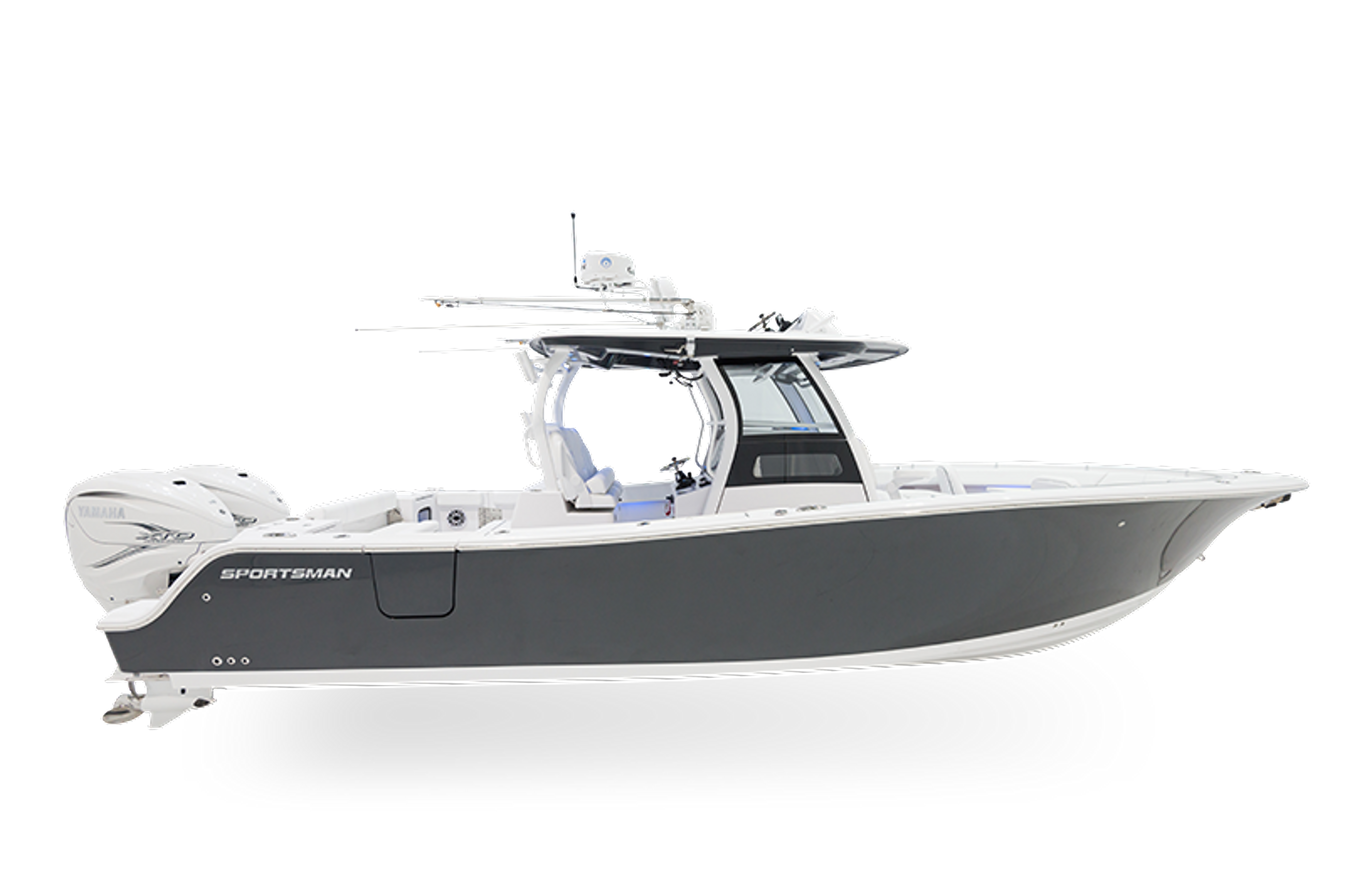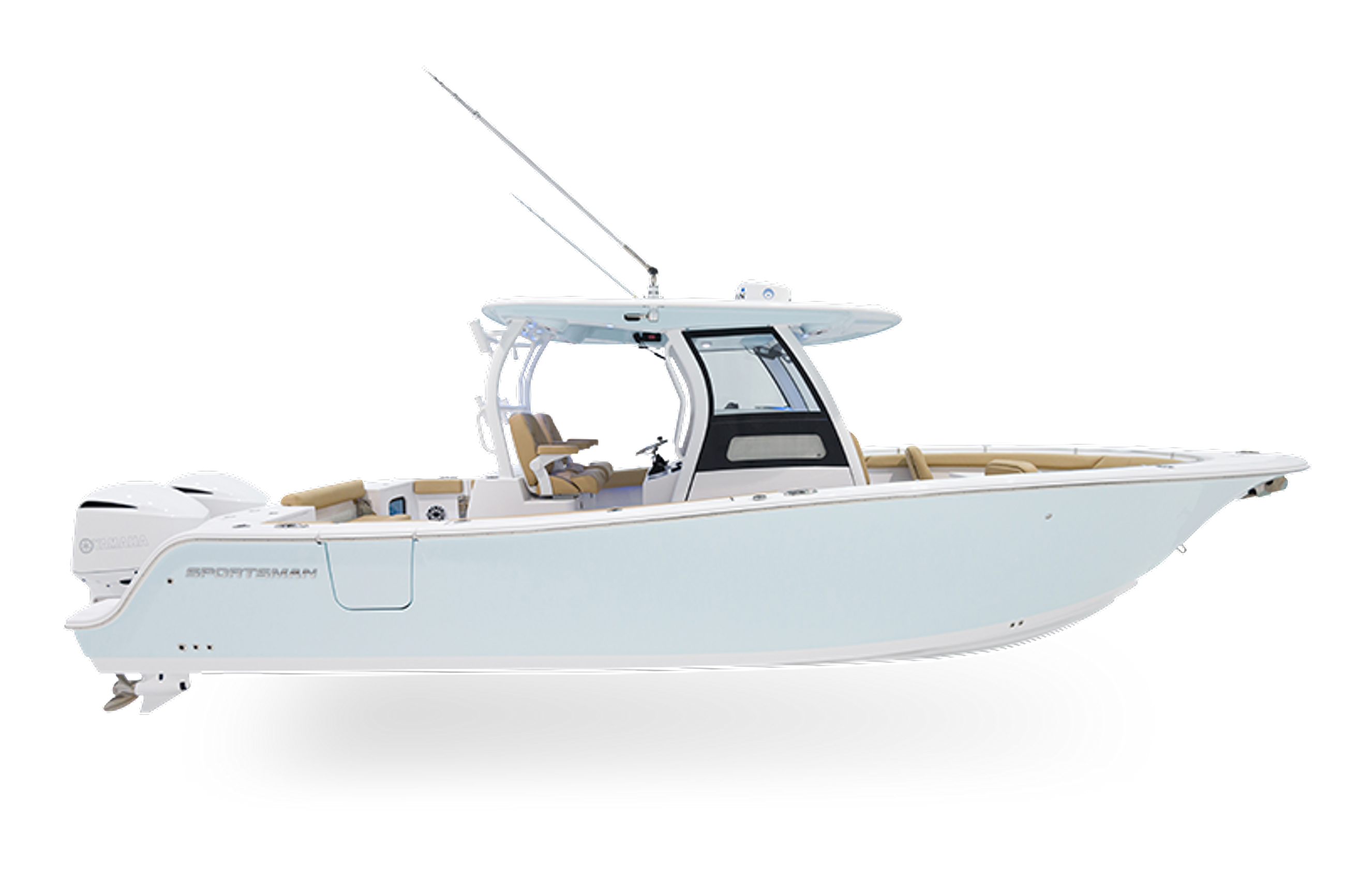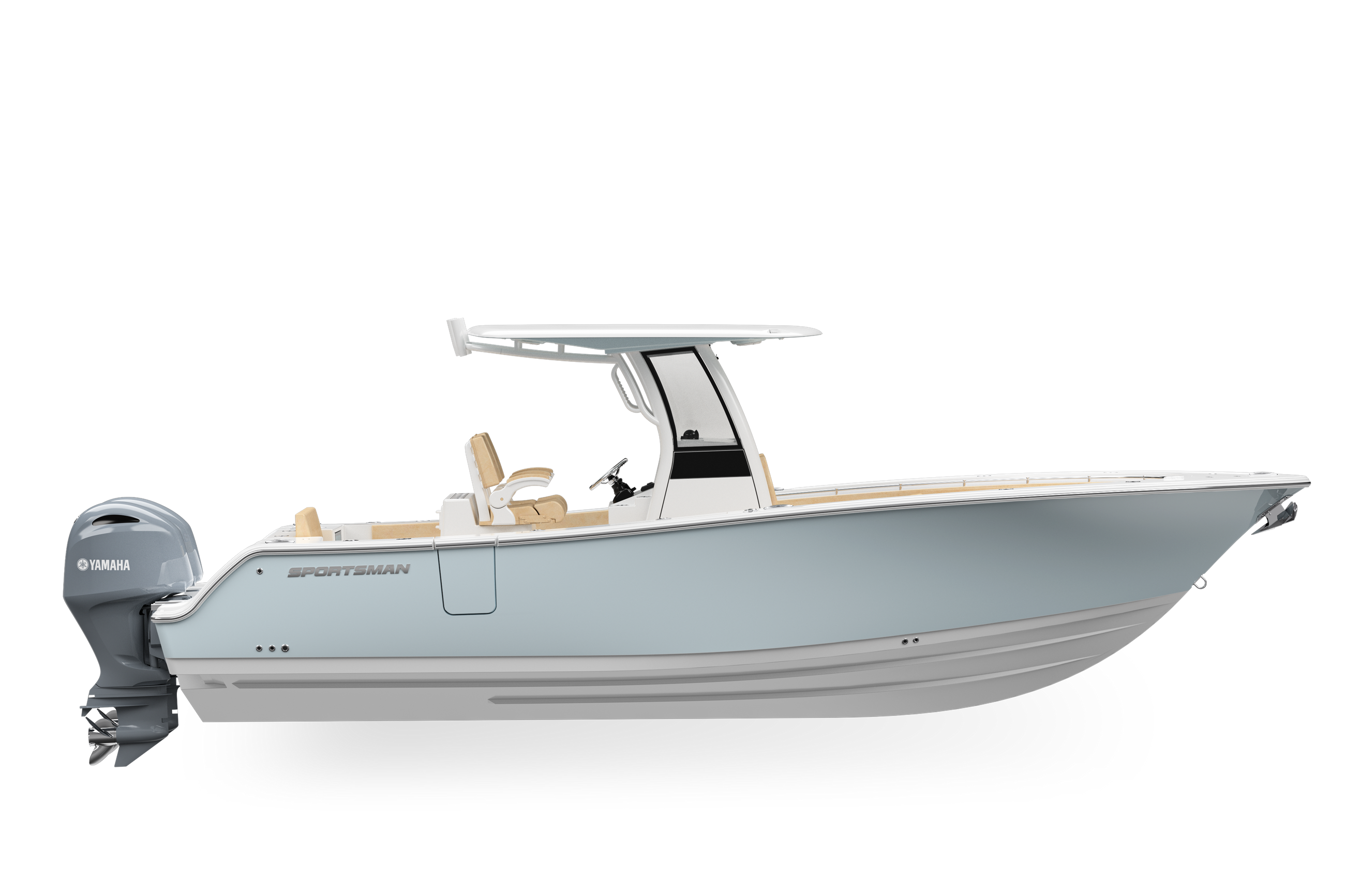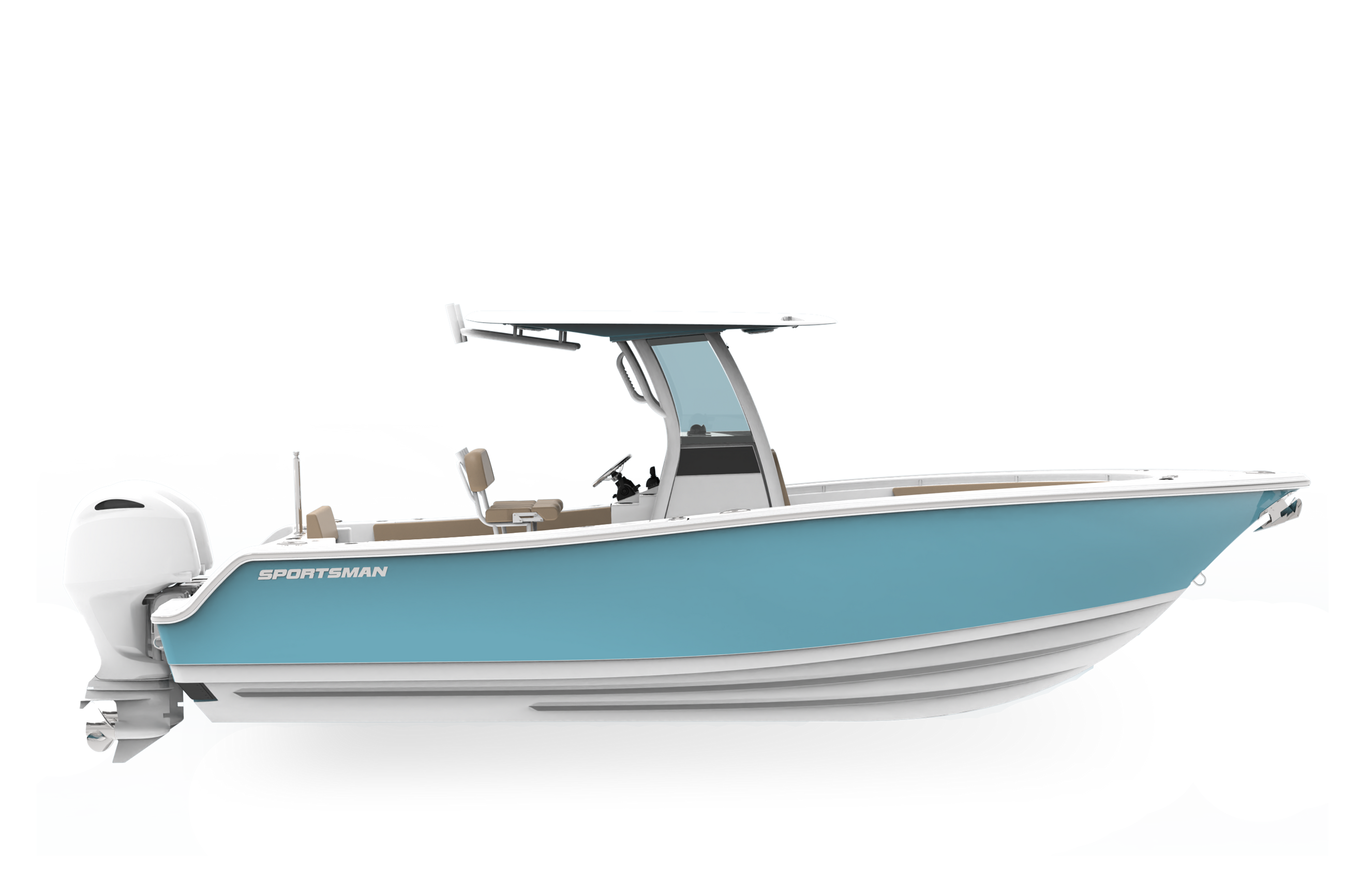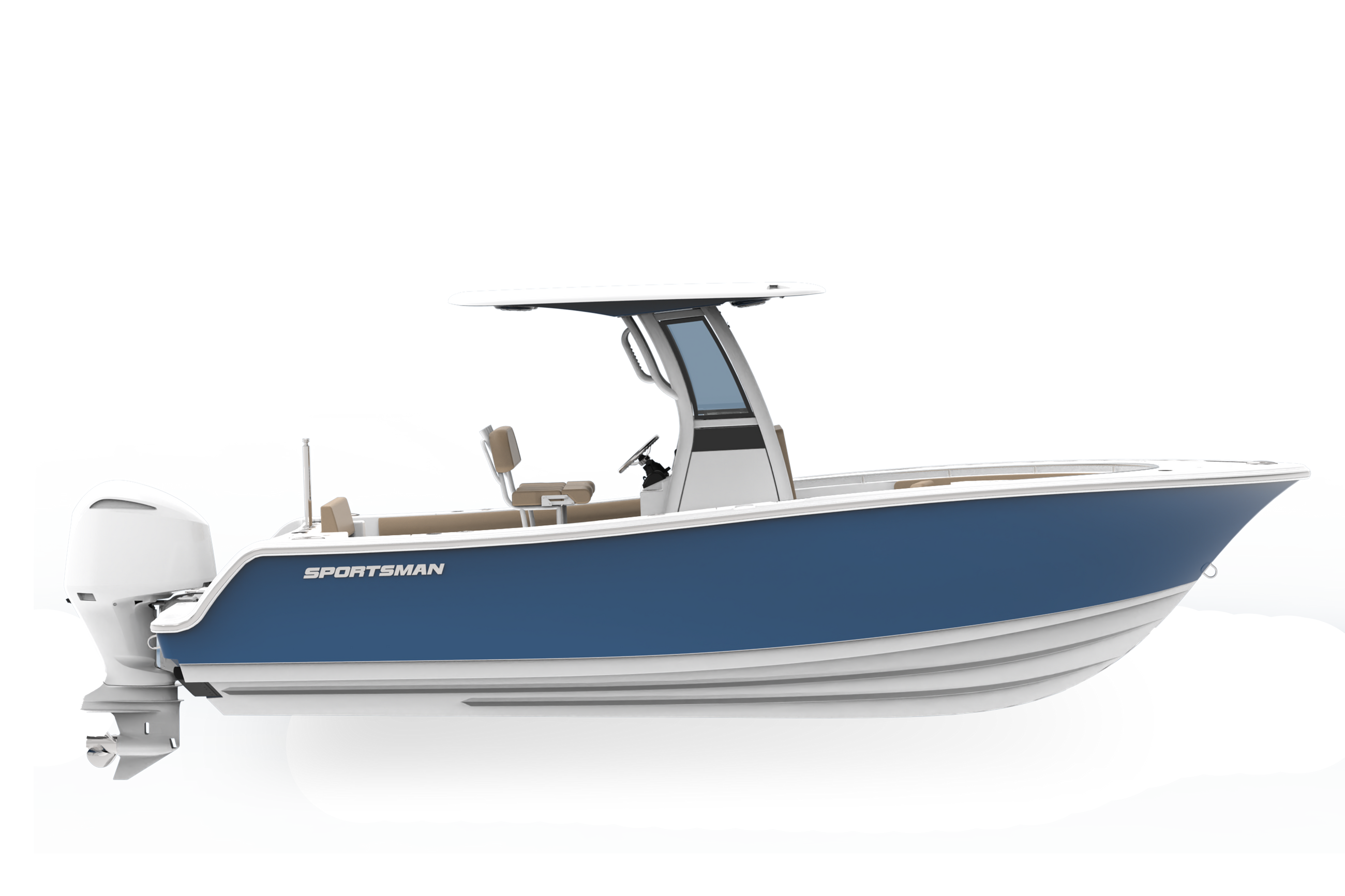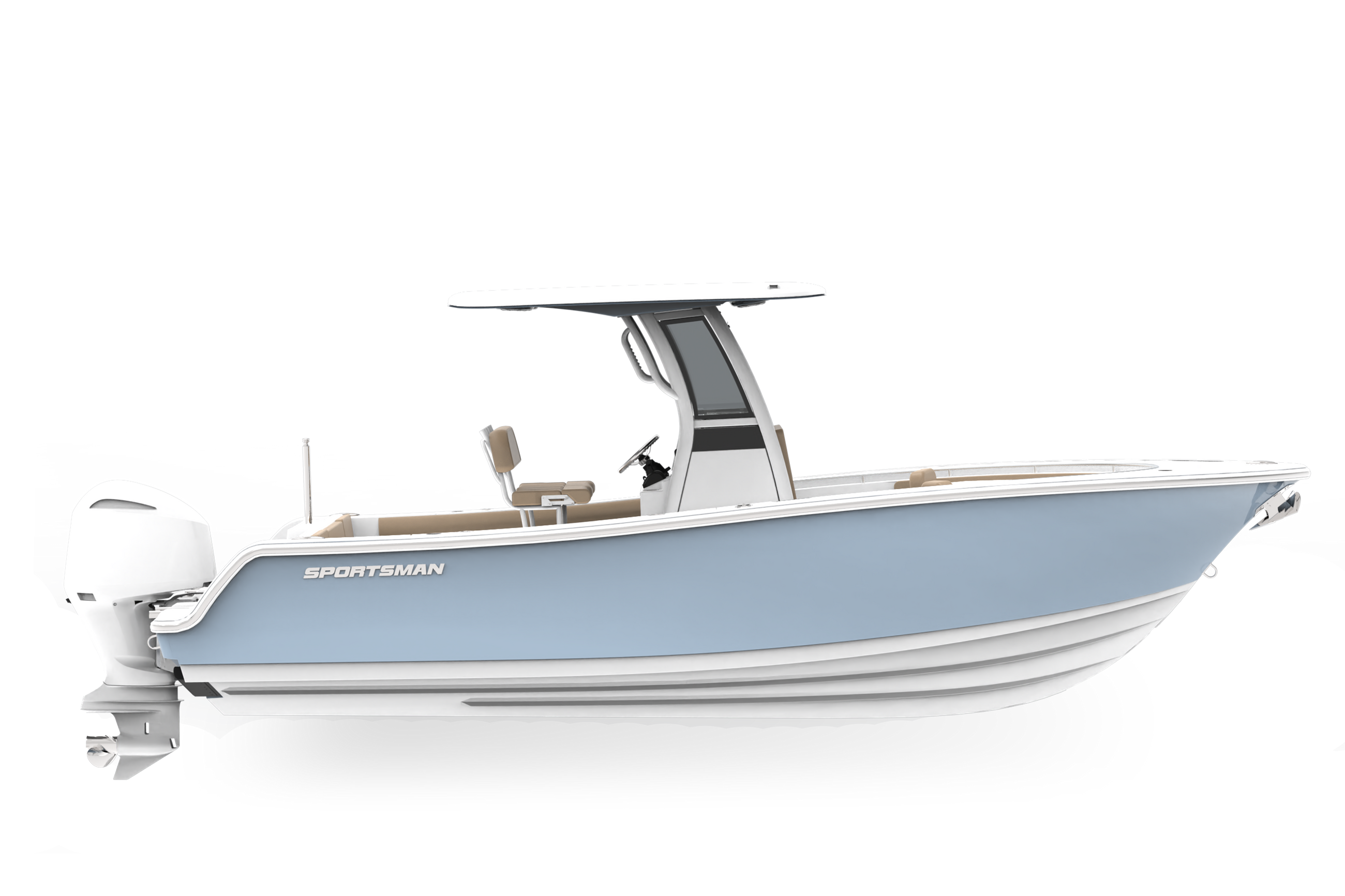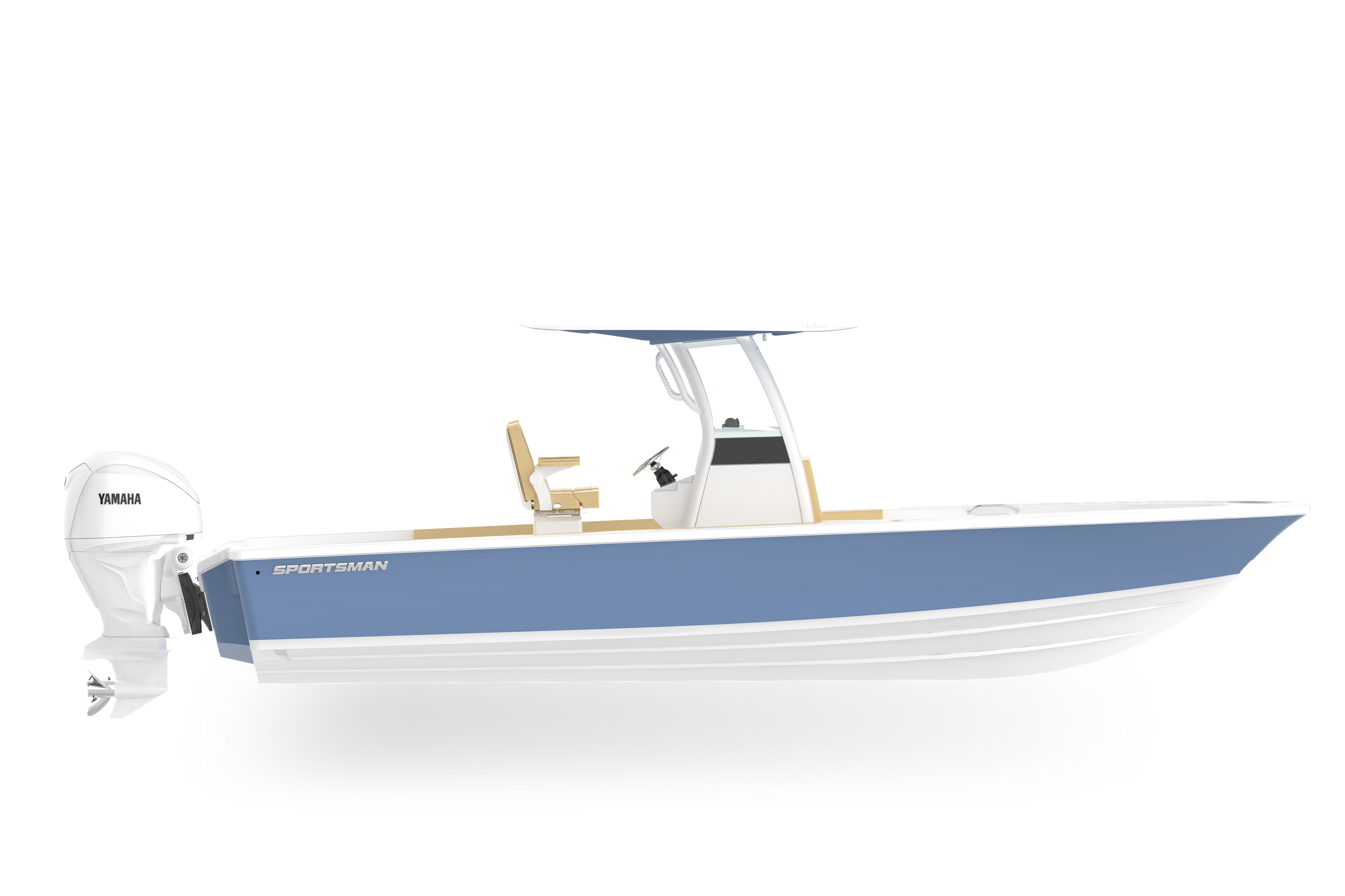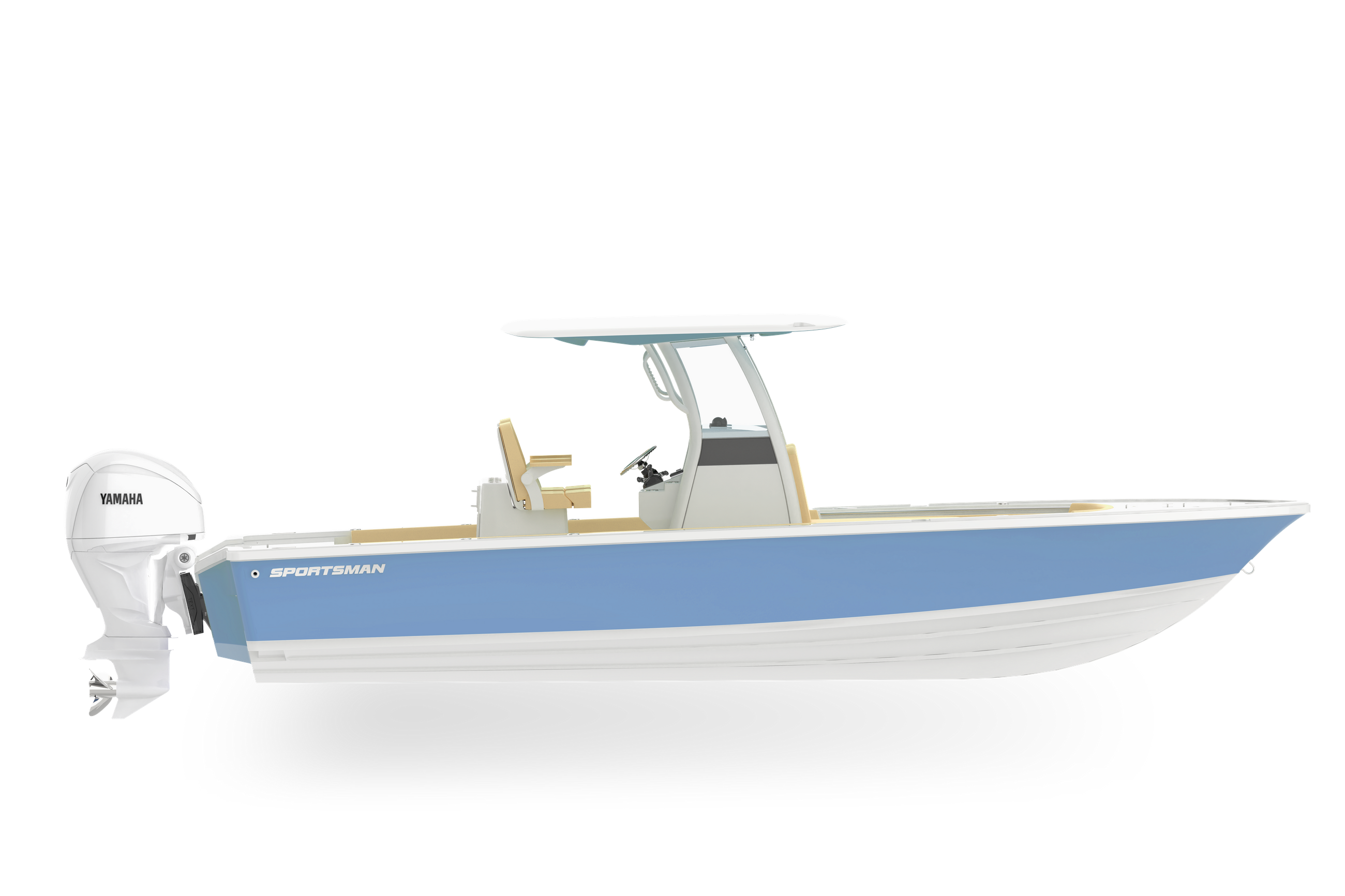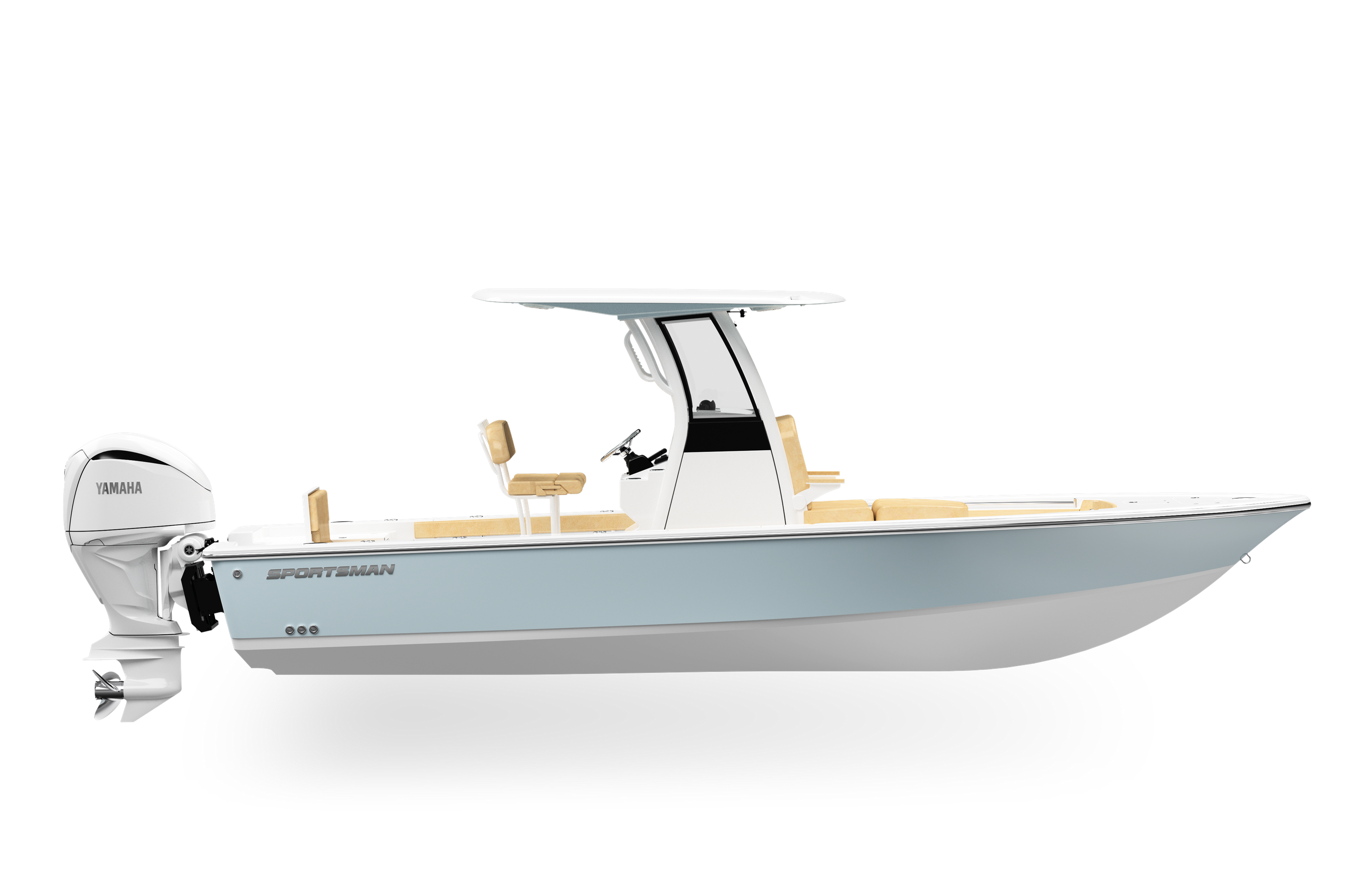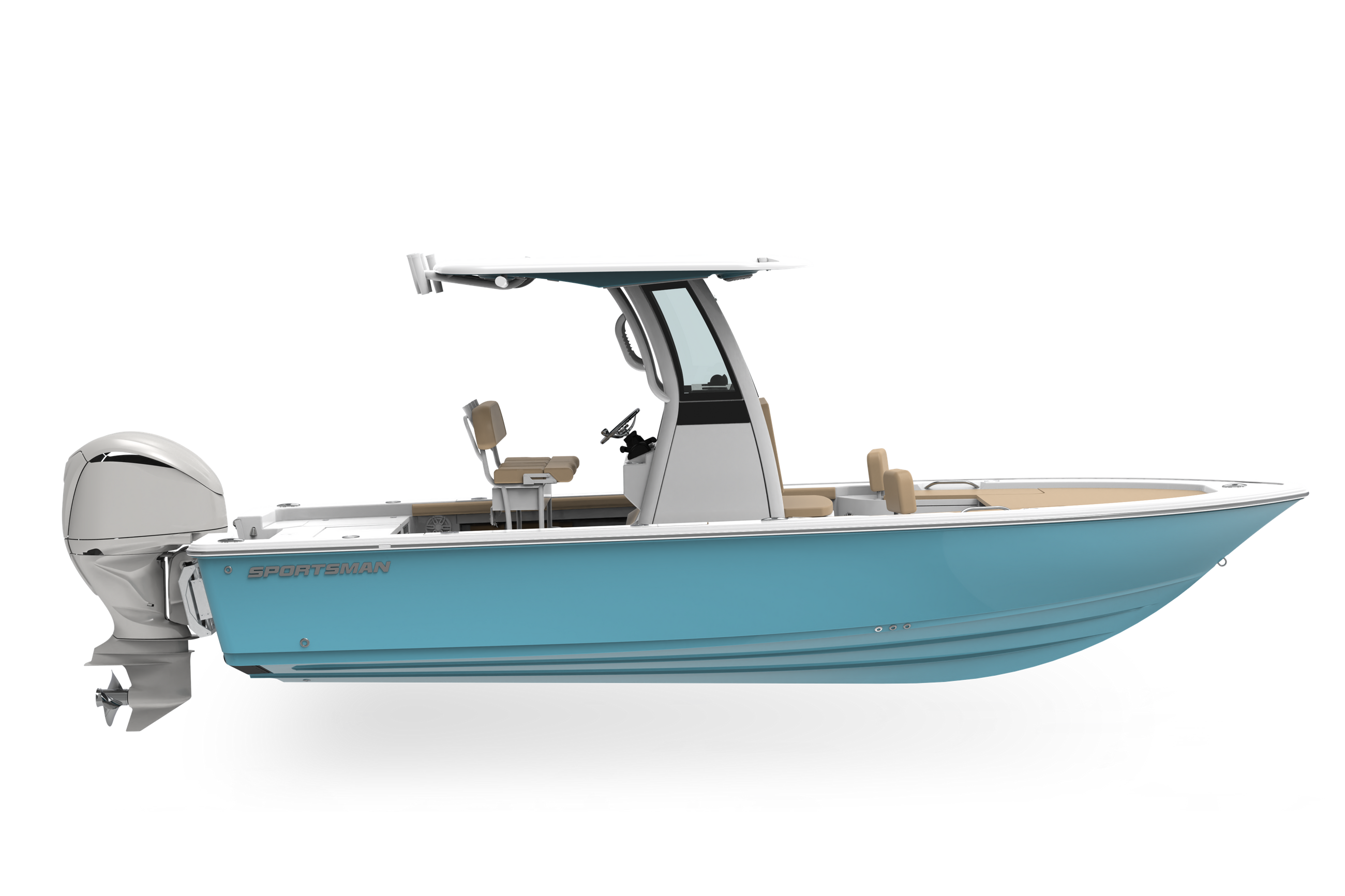Types of Recreational Fishing
A look into the most common types of recreational fishing.
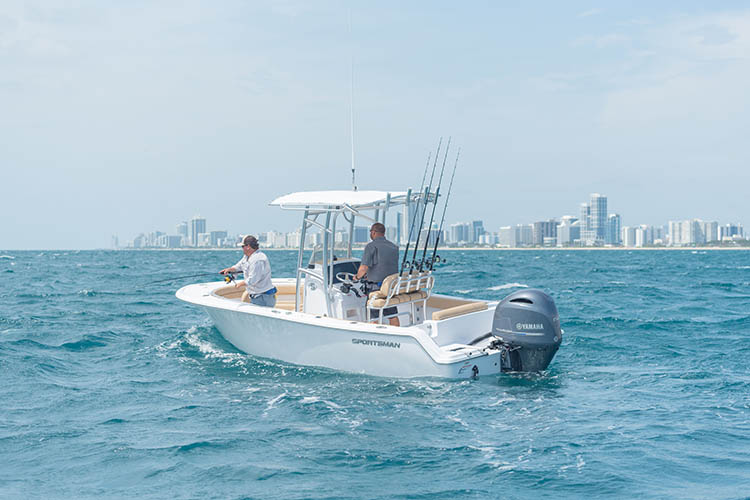
There are roughly 28,000 different species of fish swimming in the waters we see around us every day. Of those, there are nearly 400 species that are considered game fish. If you’re new to fishing, you probably haven’t thought about how many fish there are to catch or how many different ways you can fish but believe us when we say "there’s a lot!"
To keep things simple, let's cover the most conventional ways of recreational fishing. These are ways that you and I can go fish pretty easily without needing to invest much money, you also can do most of this alone, although a fishing buddy is always good to help back up your “fish stories.”
1. Conventional Fishing, this is your standard fishing with rod and bait that most of us start out with. You’ve got baitcasters, spinning rods, and then for your kids, you’ve got the good old "push button" fishing rod. With these rods you can use artificial lures, live bait, or things such as household food items. Some that come to mind are corn, bread, hot dogs, just ask the neighborhood kids, they rob their mom’s kitchen daily of whatever will stick to a hook. Conventional fishing is going to be used to catch nearly any and all types of fish, you can use these rods, reels, and tackle in any body of water, from farm ponds to offshore. The basics of what you need to start are a rod for the desired weight of fish you'll target, fishing line for the weight of fish you'll be targeting, a reel that will complement both the rod and line, and you can purchase hooks for bait or lures for specific species. A solid all around freshwater lure would be a rooster tail or rebel crawl; these two lures will catch panfish, bass, and sometimes even larger drum and carp species.
2. Fly Fishing, another method of casting a rod using only artificial baits or better referred to as flies. These are insect patterns tied with materials on a hook to imitate an insect in that ecosystem. Other flies are things we call streamers, these imitate other marine life like small fish, crayfish (crawdads), craps, shrimp, etc. When getting started you'll want a rod designed for the type of fishing you want to do, don't be afraid you can fish a fly rod in any size water from mountain streams, to farm ponds, to offshore. A fly shop will help you narrow your options, for freshwater fishing an all around good rod is a 9ft 6 weight fly rod. You'll pair this with a 6 weight reel and fly line. Then to finish your outfit you'll need some leaders, tippet, and some flies; these will all be species and size specific. If you like making things, and have an artistic patient way to yourself, you may take up fly tying; Orvis has a great Fly Tying Learning Center that can help you learn the basics.
3. Netting, typically the way to fish if you’re trying to catch some bait. If you’re heading offshore for the day, your captain will likely take you to a spot inshore first and then he’ll throw this giant net out and with any luck, will pull in a large quantity of small fish to be used for bait. This is the most common reason for netting when it comes to recreational fishing. People do this in freshwater lakes when targeting things such as catfish, but the majority of netting happens on saltwater where small bait fish are needed, to entice larger predatorial game fish, offshore.
4. Trolling, this may be one of the methods of fishing you're planning to do if you made a pit stop before going out and did a little netting as mentioned above. While trolling the goal is to cover large areas of water, when casting a line you can only throw the bait so far, meaning your retrieve or amount of time your bait is moving through the water is limited. If you're trolling you're covering hundreds of yards, maybe a few miles at a rate of speed determined by the species of fish you're targeting. You'll choose your bait based on your target species; whether it's a lure or live bait. If it's live bait and you want it deeper you may use an outrigger which is piece of equipment which uses a weight to hold your line at a specific depth. If you're using lures you can also use outriggers or you may choose your lure based on it's ability to dive. Lures are designed to dive and swim at a specific depth, but an outrigger can help get other lures down deeper than originally designed. This is a very common way of fishing offshore and it's also one of the most productive ways of fishing offshore, especially when targeting fish such as Marlin, Tuna, Mahi Mahi, Wahoo, or any Billfish Species.
5. Spearfishing, if you’re heading to Hawaii, The Florida Keys, or Australia anytime soon, this may be your method of choice, that is, if you can snorkel and free dive. In order to spearfish you need to be able to free dive and get a spearfishing certification. Free diving can be difficult without training but once you’ve mastered that, getting a spearfishing certification is not too difficult. Once you've got your certification and have practiced your free diving, a lot of people tend to grab themselves a wetsuit and a speargun. Spearguns come in multiple different types and you'll choose that based on preference, options, and species of fish. Wetsuits are great for keeping your body temperature regulated, and a lot of manufactures offer a camo which is stylish and relative as you'll be hunting fish and blending in can help your chances of success. The most common species to target are reef fish however, there are loads of other fish you can target and there are also some that are protected as well. It's good that you do your research before spearfishing as you cannot just "catch and release" these fish and you must abide by state and federal creel limits.
These five methods of fishing are going to be the most common. Spearfishing, being the least common of the five, is beginning to grow in popularity. The biggest issue with spearfishing is it’s the most difficult to get started in and requires crystal clear waters and an abundance of reefs. If you’re looking to get into fishing, heading into your local outdoor store or fishing/tackle shop is a great place to start. Ask a worker or guide what the most common method of fishing in the area is, what provides you more time fishing, and then see if they’ll let you cast a rod or two and see which one you like the most. Pro-tip, the best place to cast a rod is a small local fishing shop, big box stores won’t generally allow this. If you’re getting started in fly fishing, most “good” fly shops won’t let you buy a rod without test driving it first.
The easiest of these to pick up is conventional fishing, it’s the least expensive up-front and is much easier to cast in tighter fishing locations, for example, from a bank with trees behind you, or a public pier where you don't want to hook into a kids ice cream cone! If you want to get artsy, grab a fly rod, just know, you can’t fish everywhere with a fly rod, some places are just much too difficult to cast. Then, if you've got a Sportsman boat rigged with outriggers and geared for heading offshore, you'll be ready to test your trolling abilities or you can use that boat to get you to the reefs and spend a little time under the water doing a more selective type of fishing.
In the end, the best advice we have for you is, no matter how you fish at least you’re outside fishing. As the old saying goes, “A bad day of fishing, always beat a good day in the office.”

